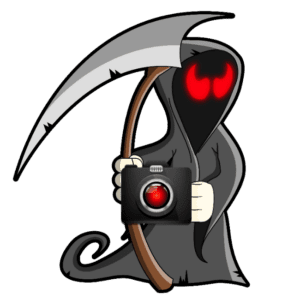CHERRY SPRINGS STATE PARK MILKY WAY
MILKY WAY NIGHT PHOTOGRAPHY LOCATION
Cherry Springs State Park is an 82-acre Pennsylvania state park in Potter County, Pennsylvania, in the United States. The park was created from land within the Susquehannock State Forest and is on Pennsylvania Route 44 in West Branch Township. Cherry Springs, named for a large stand of Black Cherry trees in the park, is atop the dissected Allegheny Plateau at an elevation of 2,300 feet (701 m). It is popular with astronomers and stargazers for having “some of the darkest night skies on the east coast” of the United States and was chosen by the Pennsylvania Department of Conservation and Natural Resources (DCNR) and its Bureau of Parks as one of the “25 Must-See Pennsylvania State Parks.”
Cherry Springs State Park was named Pennsylvania’s first dark sky park by the DCNR in 2000. The adjoining Cherry Springs Airport, built in 1935, was closed, and its land was added to the park in 2006 to expand its stargazing area. On June 11, 2007, the International Dark-Sky Association named it the second “International Dark Sky Park”; under optimum conditions, the Milky Way casts a natural shadow. Cherry Springs has received national press coverage and hosts two-star parties yearly, attracting hundreds of astronomers. Regular stargazing and educational programs for the public at the park and the Woodsmen’s Show attract thousands each summer. Cherry Springs also offers rustic camping, picnic facilities, and mountain biking, hiking, and snowmobiling trails. The surrounding state forest and park are home to various flora and fauna. SEE ALL THE IMAGES ON OUR CHERRY SPRINGS STATE PARK FEATURE ARTICLE
HOW TO SHOOT THE MILKY WAY
WHAT IS THE BEST TIME TO GO?
Months: The Milky Way Core can be seen from March to October, disappearing below the horizon for the rest of the year. It appears in the early morning hours in March and becomes visible earlier each month. The best time to catch a glimpse of the core is during summer, when it can be seen immediately after sunset, providing an ideal viewing opportunity for stargazers and photographers.
New Moon: Timing is crucial to see the Milky Way. This celestial event can only be seen on clear nights without a visible moon, limiting the window for viewing. Check the new moon chart and go on the new moon ten days before. The charts will show you when the moon rises. Ten days before the new moon, the moon does not rise at night, so you are suitable for Milky Way Photography.
Light Pollution: The best way to experience the full wonder of the Milky Way is to escape from areas with heavy light pollution. Cherry Springs State Park is one of the darkest locations in the United States.
HOW LONG TO PHOTOGRAPH THIS AREA?
This region can be explored in just one day and night. If the weather is favorable, you’ll have the opportunity to capture stunning shots of the Milky Way in the surrounding areas.
WHAT PHOTOGRAPHY GEAR SHOULD I BRING?
- A Camera with a wide-angle lens.
- Tripod – For shooting flowers in aperture priority mode.
- Shutter release
- Polarizing Filter
- Read headlamp
WHAT ESLE SHOULD I BRING?
- Water and Snacks
- Bug repellent
- Food and snacks
HOW DO I GET THERE?
FOR YOUR GPS 4639 Cherry Springs Rd, Coudersport, PA 16915, USAWHAT OTHER PHOTOGRAPHY IS NEARBY?
Lyman Run State Park is also a dark-sky territory with a lake.
HOW BUSY DOES IT GET?
It gets busier during the Milky Way season and clear skies, so reserve the observation areas and camping beforehand.
THE OBSERVATION FILED
The Field can be found near the park office. It is a prime spot for dedicated astronomers with their equipment to observe the night sky overnight. To preserve the darkness and clarity of the area, all lights must have red filters or be shaded. The use of white light is not allowed in this designated space.
If you would like to reserve a spot at the observation site, please make a reservation online or call ahead. A $15 fee per night per vehicle is for using the Overnight Astronomy Observation Field. If you prefer to use the Night Sky Public Viewing Area, you must register at the park office when you arrive. While there is no fee for this area, space is limited on a first-come, first-served basis.
CELL PHONE COVERAGE
The area is very remote, and there is minimal cell phone coverage.
EVENTS
There is a woodsman show in August, so be prepared for a massive crowd during that time. Check the schedule before going. If you want to do Woodman by day and Milky Way by night, you can watch or participate in:
- Tree-felling
- Log rolling
- Springboard chopping
- Standing block chop
- Chain-saw events
WHERE TO STAY
We are a little spoiled and prefer more luxury!
Frosty Hollow Bed and Breakfast – THE CLOSEST LODGING TO THE PARK – SEE DETAILS BELOW
1077 Cherry Springs Road, Coudersport, Pa. 16915 – See more details below. Tell the Ayers we said Hello!!
MANY YEARS AGO, THIS WAS OUR FIRST PHOTOGRAPHY TRIP FOR THE OFFICIAL MAGAZINE. Frosty Hollow was our very first stop!!



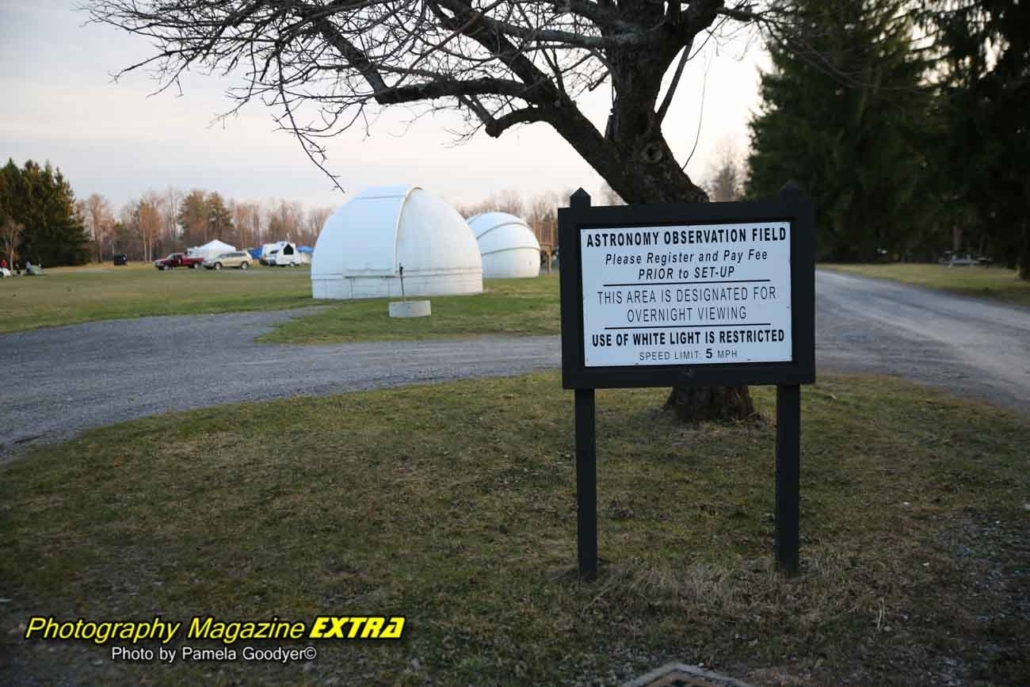
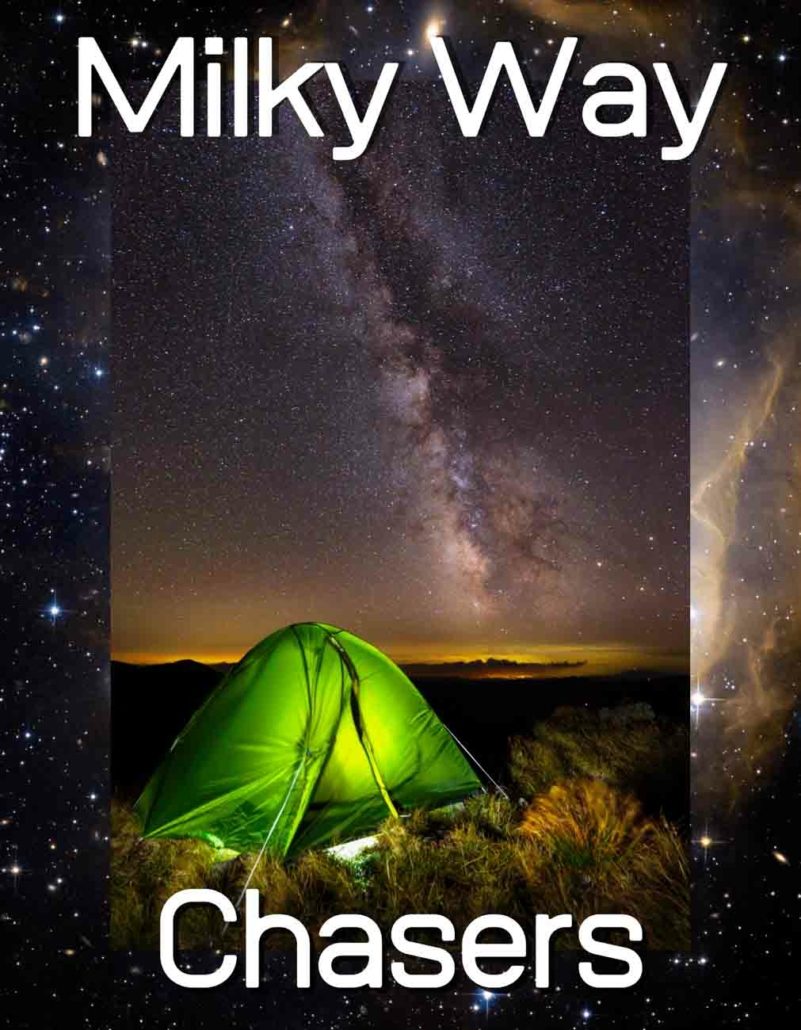



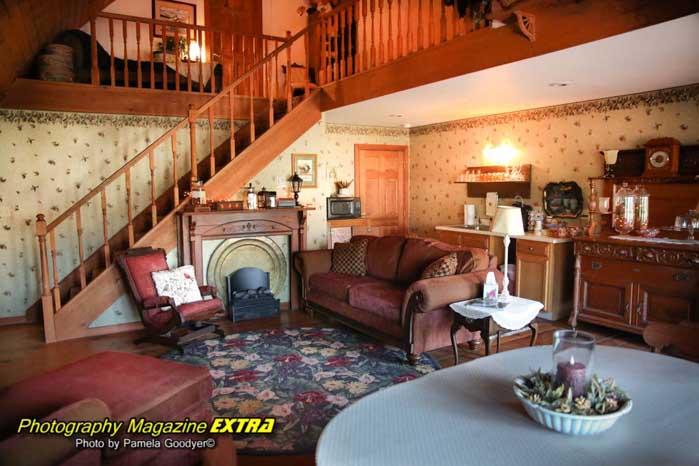








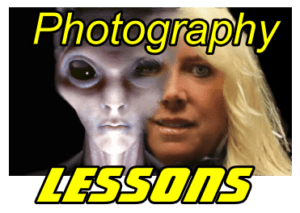 Photography, Lessons, Workshops and Classes.
Photography, Lessons, Workshops and Classes.